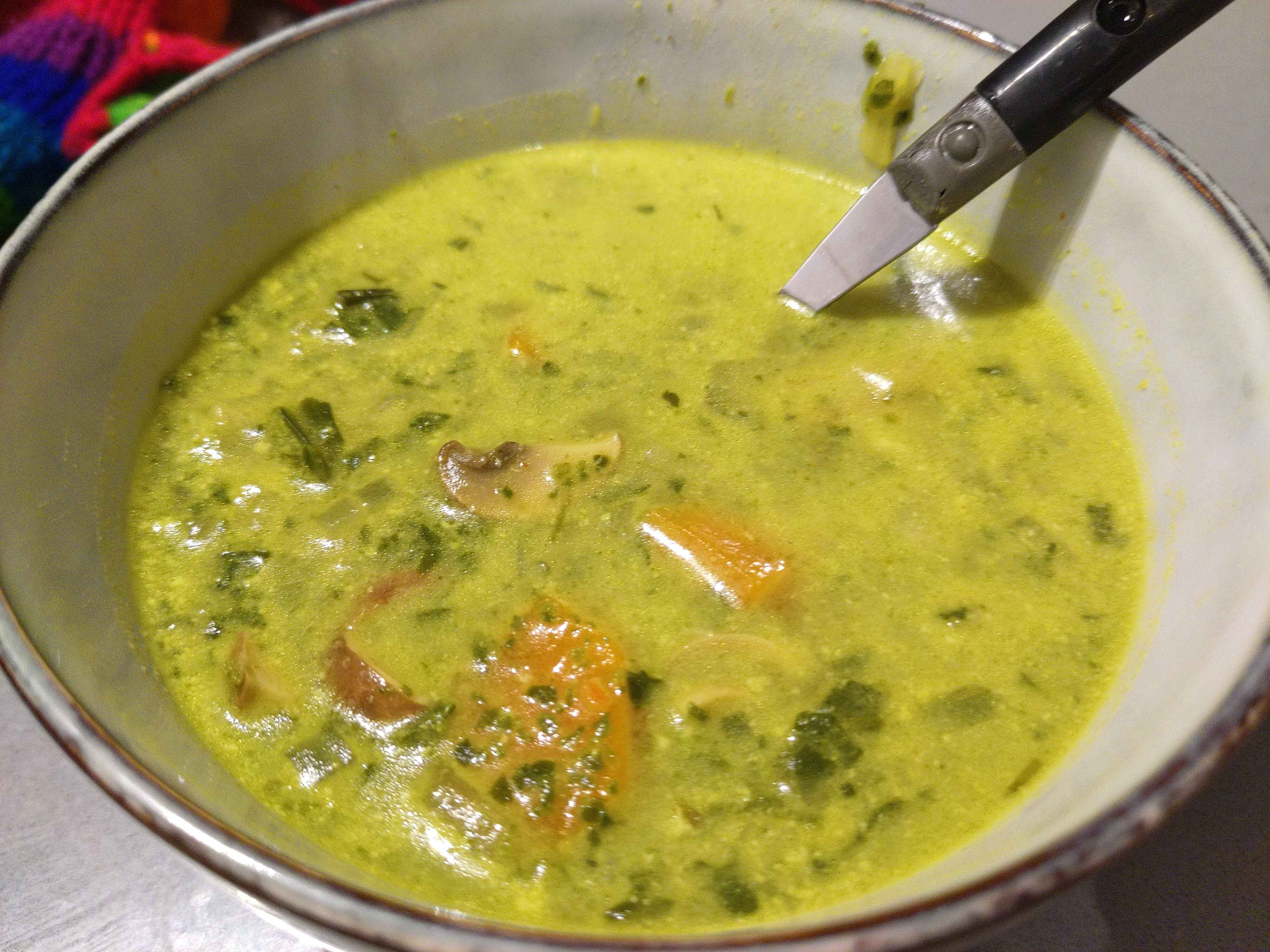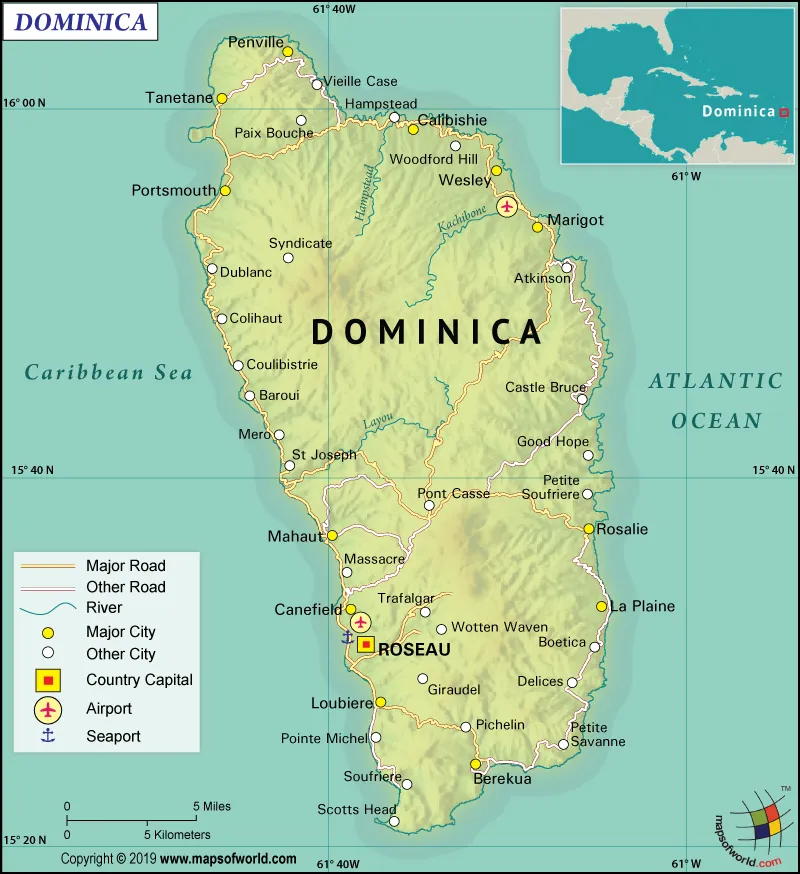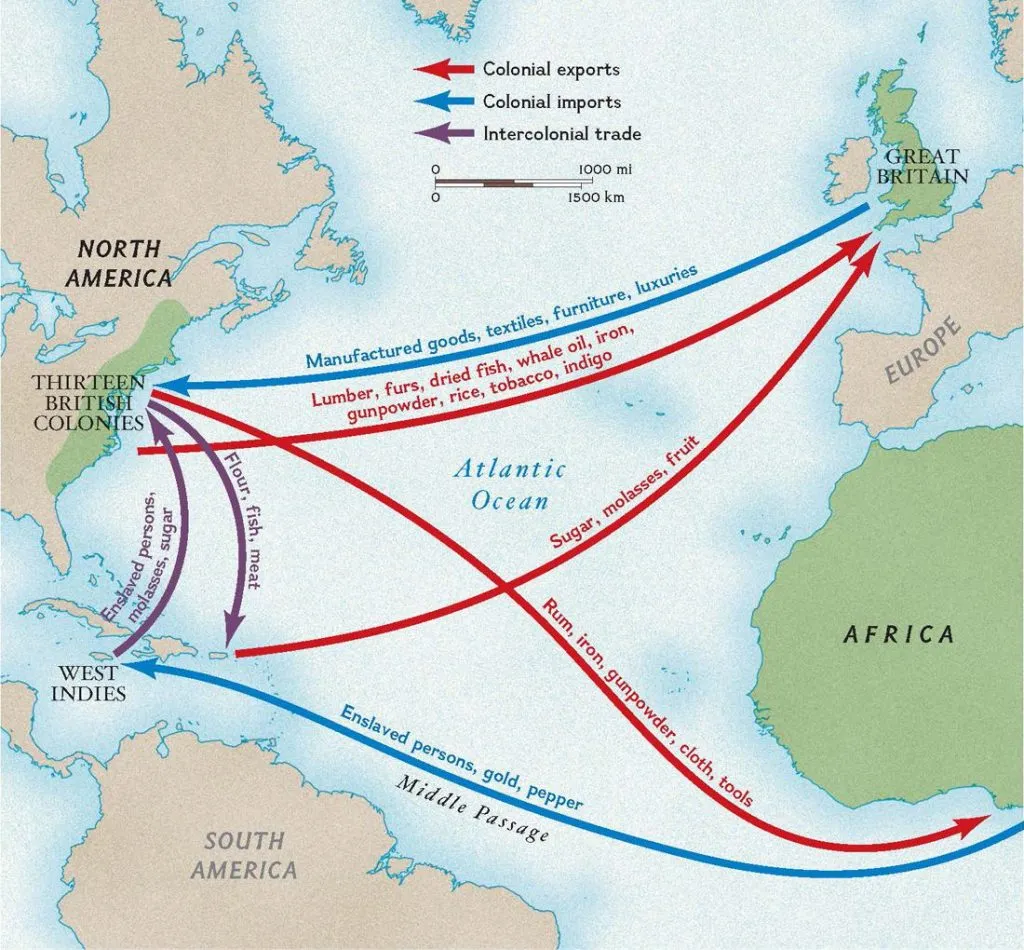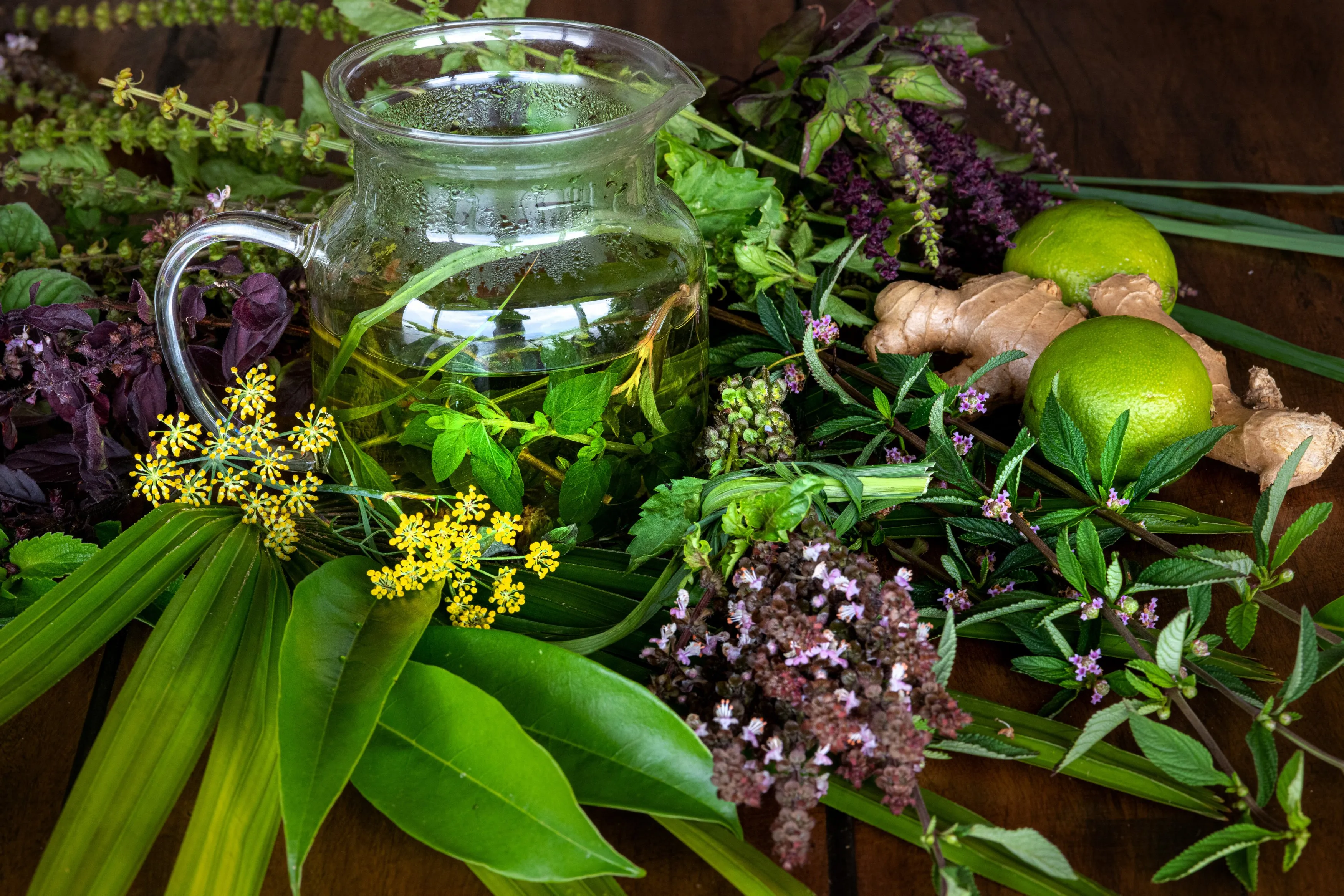
Vegan Callaloo
Ingredients
2 lbs (16 cups)(1kg) spinach, very finely chopped
1 sweet potato, diced
3 cups (350g) mushrooms, chopped
1 onion, diced
1 scallion, sliced into rings
3 cloves garlic, minced
5 cups (1l) vegetable broth
1 cup (200ml) coconut milk
1 chili pepper, chopped
1 tbsp thyme
1 tbsp chives
1 tbsp turmeric
1 tsp tarragon
1 tsp cayenne pepper
Salt
Pepper
Instructions
- Heat the oil in the pot over medium heat. Once the oil is heated, add the onion, garlic, and scallion, sauteing until soft (~4-5 minutes).\
- Add the broth, coconut milk, mushrooms, chili pepper, and sweet potato to the pot. Bring to a boil.\
- Once boiling, add the spinach, herbs, and spices, then lower to a simmer. Let simmer for at least 30 minutes, but the longer, the better.
A longer, more detailed explanation
It’s mid-January. The weather is miserable, and I’m cold all the time. Here’s more soup.
Let’s start as we always do by fishing out an onion and garlic from our vegetable drawer. I was feeling spicy today, so I added in a scallion. Live a little. Heat oil in a giant soup pot, then add your onions, garlic, and scallion to the oil.
It’s from here that things get a bit more interesting. Rather than making the basically anything we could be making at this point, we’re instead going to chop up a sweet potato and mushrooms. Bicker with your sweet potato about how much of its flesh it would like to leave on its skin, then chop it into little cubes. Add your broth and coconut milk to the pot, then add all the lovely things you just chopped. They’ll make fun little splashes. It’s wonderful. Bring that to a boil, and start in on your spinach.
In the basic recipe, I described the spinach as “finely chopped.” This is a lie. I want the spinach so finely chopped that it resembles confetti more than spinach. I ended up bringing out my food processor to do this, but if you are some super human spinach chopping machine, by all means, chop that spinach by hand. Once it’s all borderline pureed and the broth is boiling, add your spinach, and lower the heat to a simmer.
And that’s it. Just let it simmer until you’re tired of it simmering, which will ideally be at least half an hour, but could be forever if you really want. Once you’re ready to eat the soup, the soup is ready for you. Serve with some nice bread, or whatever stale stuff you have lying around, or rice. Your choice. Enjoy!
Substitutions and Suggestions
For the spinach: Spinach here is subbing in dasheen leaves because - you’ll never guess - I couldn’t find dasheen. If you can, by all means, give it a try!
For the mushrooms: If you don’t like mushrooms and have gotten this far in this series, I don’t know what to tell you. I used chestnut mushrooms. You can use whatever mushrooms you like.
For the sweet potato: I added a sweet potato to give the soup some extra body. You’re welcome to substitute in whatever you like here, but I did really like what the sweet potato did to the soup overall.
What I changed to make it vegan
While callaloo recipes vary throughout the Caribbean, the Dominican version tends to include crab or fish. I didn’t do that, but added mushrooms and sweet potatoes in instead to give that extra flavour and body. I think it turned out quite nicely!
What to listen to while you cook this
Windward Caribbean Kulture did an excellent job letting me pretend I was not, in fact, stuck in an endless European winter. Highly recommend!
A brief context for this dish

You know what? I’m just going to start with this map and save us all some time:

We good? You’ve got all the context you need? Great, that’s my job done.
did you know dominica has a robust tea culture that has a not insignificant influence on modern medicine and has been a part of dominican culture for over 1500 years
 Image source: Discoverdominica.com
Image source: Discoverdominica.com
Dominican cuisine is, much like its Caribbean counterparts, a cuisine dominated by a mix of African, European, and Indigenous culinary traditions. Callaloo, though the national dish of Dominica, is a found throughout the Caribbean. Arguably, I’ve made a version of it before, albeit for Brazil, at least if we follow etymology rather than ingredients. There’s a lot of overlap between these islands’ cuisines, and much of it has to do with the similarity in their histories.
However, the sheer lushness of Dominica is exceptional within the Caribbean. It’s renowned for its biodiversity, including being home to plants and animals found nowhere else in the world. The Dominican flag is one of only two flags in the world with the colour purple on it specifically because it highlights its vast biodiversity as part of its flag. The Dominican flag features the critically endangered sisserou parrot, of which there are only 50 left in the wild.
 Photo credit: American Bird Conservancy
Photo credit: American Bird Conservancy
In amongst this biodiversity is a rich tradition of herbal remedies and teas, passed down from the island’s original Indigenous inhabitants, and thriving as part of modern Dominican culture.
Archaeological evidence suggests Dominica was first settled by Arawak settlers from South America around the 5th century CE. By the 15th century, Caribs either lived alongside or displaced the Arawak, with local narratives disagreeing on how much conflict there was between the two peoples. Both groups, however, made thorough use of their environment, hunting and harvesting and shaping the island to their needs. When the Spanish began their colonisation of the Caribbean, Dominica became a haven for Indigenous peoples fleeing the Spanish, helping these traditions persist. Indeed, today, Dominica is the only island in the Caribbean still home to pre-Columbian Indigenous peoples, a testament to how effective its jungles were in keeping people safe from colonisers and genocide.
As part of living on Dominica, Indigenous peoples had a thorough understanding of the island’s many plants, how to prepare and consume them, and what ailments they could treat. Tea made from periwinkle, for examples, could treat diabetes, asthma, and high blood pressure. Bois bande could be a powerful aphrodisiac. Hibiscus flowers could help alleviate coughs. The plants became integrated into the life of the people around them, and the knowledge of what they did and how to use them was passed through each generation, even as the ethnic make-up of the island shifted.
These plants still make up a significant part of Dominican culture. Tea - both in the western sense and in the Indigenous sense - is drunk with many meals, and Indigenous remedies are still used to effectively treat a variety of ailments. The plants of Dominica are a frequent topic of pharmacological studies, and plants are at the root of many modern drugs treating cancer, diabetes, and a wide variety of diseases. All of humanity has benefitted from the wealth of Dominica’s jungles, but also, from the wealth of knowledge accumulated by generations of Indigenous peoples, living and learning from the jungle around them.